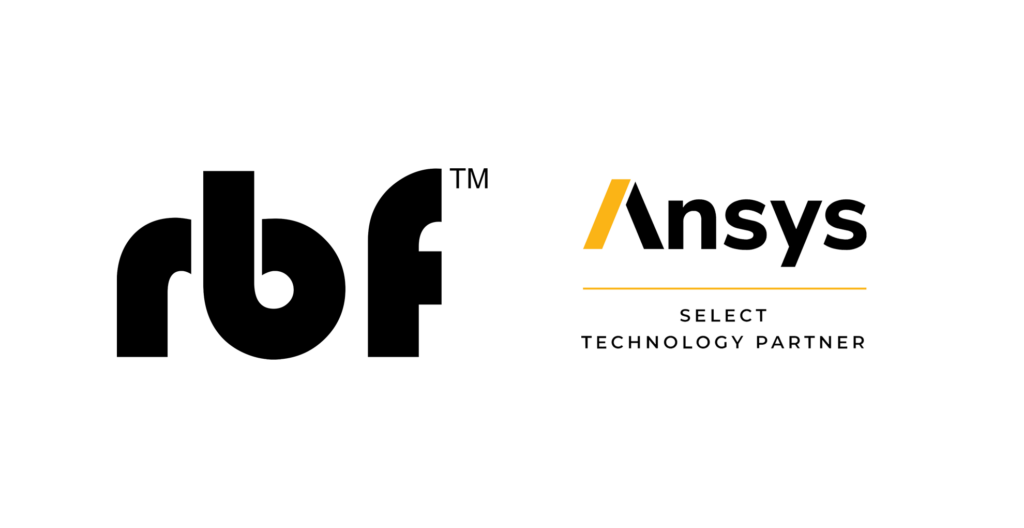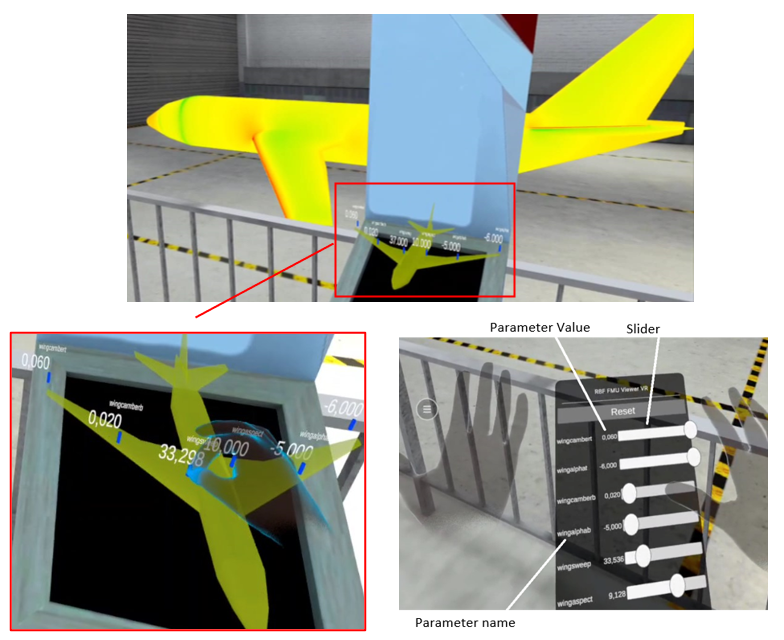Andrea Lopez’s doctoral research, conducted at the University of Rome Tor Vergata, presents a comprehensive methodology for integrating multi-physics and multi-fidelity analyses within digital twin frameworks. The thesis, titled “Multi-Physics and Multi-Fidelity Approaches for Digital Twin Integration,” proposes innovative workflows and optimization strategies to enable real-time data access and simulation interoperability across diverse modeling environments.
The primary objective of the study is to bridge the gap between different simulation tools and modeling approaches in order to support the development and deployment of digital twins. The work focuses on:
- Multi-Physics Integration:
Addressing challenges in linking simulation tools for problems involving coupled physics domains, such as thermo-elasticity and fluid-structure interactions. A key contribution in this area is the development of mapping algorithms that facilitate data transfer between different CAE models. - Shape Parameterization:
The research explores and compares CAD-based and mesh morphing techniques, culminating in a novel hybrid approach that leverages the advantages of both. The RBF Morph software plays a central role in enabling efficient and flexible mesh deformation, allowing consistent parameter application across varied models. - Multi-Fidelity Modeling:
The study investigates the integration of analytical and high-fidelity numerical methods to balance computational efficiency and accuracy. This approach is particularly relevant for optimizing early-stage and late-stage design processes within a unified workflow. A significant focus is placed on automating data transfer across fidelity levels. - Data-Driven Optimization and Real-Time Simulation:
The thesis evaluates various machine learning techniques and introduces Reduced Order Models (ROMs) and adjoint methods as tools for real-time prediction and design sensitivity analysis. ROMs enable rapid evaluation of system responses based on high-fidelity data, while adjoint methods provide efficient gradient-based optimization for systems with a large number of design variables. - Deployment and Interoperability via FMUs and VR:
The use of Functional Mock-up Units (FMUs), compliant with the Modelica standard, facilitates model exchange and integration across simulation platforms. ROMs are encapsulated into FMUs to enable portability and real-time performance. Furthermore, virtual reality is explored as a means of enhancing interaction with simulation data, offering more intuitive insights into system behavior.
This research advances the state of the art in digital twin integration by combining theoretical modeling, computational techniques, and software interoperability. By enabling streamlined workflows across multiple physics and fidelity levels, the methodology enhances the efficiency and predictive power of simulation-driven design. The integration of tools such as RBF Morph and the application of standards like FMU position the work as a valuable reference for both academic research and industrial applications in digital engineering.
Read the presentation and the full thesis.



